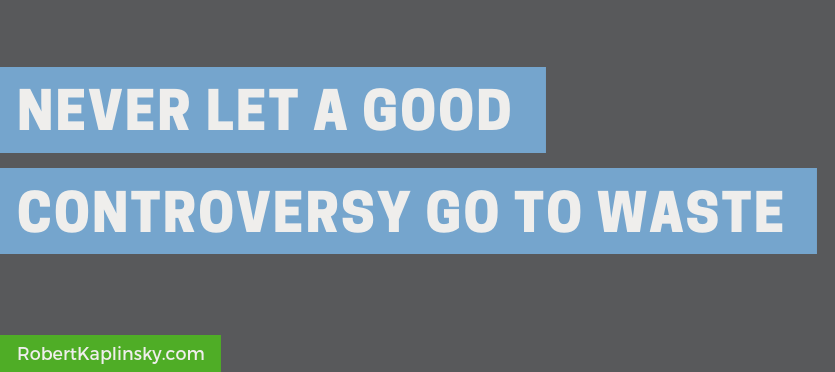Looking back at my first years of teaching, I think about moments where students disagreed about the answer to a problem. Back then, I hated when that happened because I thought it was a sign that I had not taught students well. Now, when I look back, I regret how I handled it because I realize that those were great learning opportunities I wasted.
As a specific example, I was once in a classroom where students were working on this problem:
A child has 11 inches of ribbon and needs 12 inches of ribbon for a bow. How many bows can the child make?
One student raised his hand and says “11/12 of a bow.” The teacher acknowledged this as the correct answer. A couple of moments passed, and then another student raised her hand and said, “I think that the answer should be zero bows because the child doesn’t have enough ribbon to make a bow.”
Now I want you to pause and think about what you would do at this point. How would you feel if you were the teacher? Embarrassed? Happy? Confused? Excited? Frustrated? How would you handle this potential controversy?
All of these are understandable emotions, but what’s important to realize is that in this moment you have an opportunity. You could make the controversy go away and settle the issue for the students, or you could handle it much differently.
Going back to the ribbon and bow question, during the actual observation the teacher settled the issue for the students and responded by saying “Ok, well I’ll accept both 11/12 of a bow and 0 bows as correct answers.” In that moment, I could relate to what happened because I would have done the same thing as a new teacher. I would have wanted to make that uncomfortable feeling go away as quickly as possible.
Now, with 15 years more experience, I see what happened as a classroom controversy that I can’t wait to take advantage of. If I had been teaching at that moment, I would have pretended like I was confused and said, “Wow! I didn’t realize that there could be two answers to this problem. How do we figure out whether both answers are correct or whether only one of them is correct?”
I would have then given students some individual think time followed by time to discuss the controversy with their group. The whole class conversation that followed would be so important as students certainly have misconceptions but now there’s a great opportunity to let them do the heavy lifting in sorting it out. They have to debate each other to reconcile things and it’s a great opportunity for authentically demonstrating Math Practice 1, Math Practice 3, and Math Practice 6.
As it turns out, there are two correct answers for this problem, but 11/12 of a bow is not one of them. Since there cannot be a fraction of a bow, the correct answers are: 0 bows because you don’t have enough ribbon or 1 slightly shorter bow if that’s possible.
What do you think? Have you had similar experiences you can share? Please let me know in the comments.

